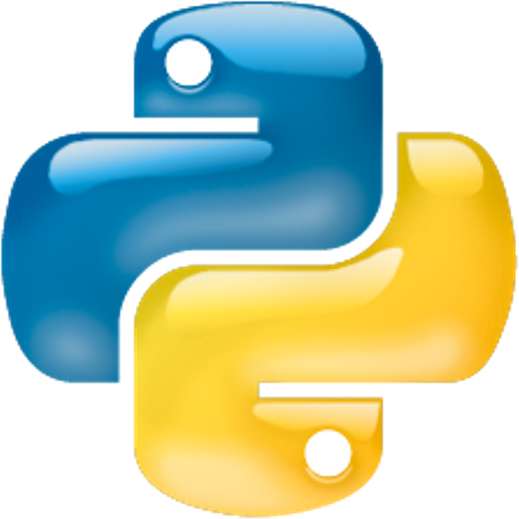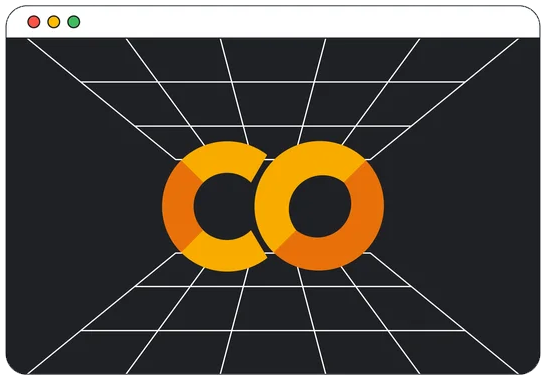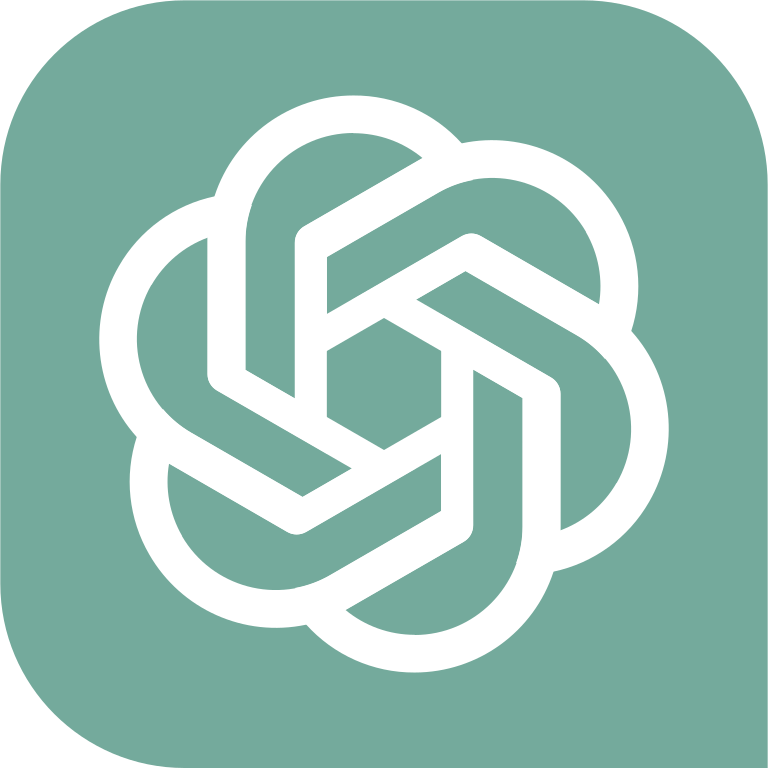Table of Contents » Chapter 5 : Disciplines : Languages
Languages
Overview
The study of languages in the humanities and Python programming intersect in various fascinating ways, particularly as computational approaches to language study gain prevalence. Python, renowned for its simplicity, versatility, and robust set of libraries, offers a comprehensive toolset for language researchers. With Natural Language Processing (NLP) libraries like NLTK, SpaCy, or TextBlob, Python enables complex textual and linguistic analysis, helping researchers understand language structures, semantics, and variations. Web scraping tools can collect language data from digital sources for subsequent study. Python's data visualization libraries can graphically present language data, illuminating trends and patterns in language use. In teaching languages, Python can contribute to the creation of language learning applications, such as interactive quizzes or flashcards. Machine learning capabilities open the doors to sophisticated language models that can predict text and aid in tasks like translation or speech recognition. Thus, Python programming has become a critical asset in the study of languages, paving the way for advanced methodologies and deeper insights into language complexities.
- Text Analysis: Python's Natural Language Processing (NLP) libraries, like NLTK, SpaCy, or TextBlob, can be used to analyze linguistic data in texts, studying syntax, semantics, pragmatics, and other language phenomena.
- Corpus Linguistics: Python can be used to process and analyze large corpora of texts in different languages, studying language usage, variation, and change over time.
- Machine Translation: Libraries like Googletrans can be used to automatically translate text between different languages, which can be helpful in the field of computational linguistics and translation studies.
- Speech Recognition and Text-to-Speech: Libraries like SpeechRecognition and gTTS (Google Text-to-Speech) can transcribe spoken language into written form and vice versa, which can be beneficial for studying spoken language, developing language learning tools, or accessibility applications.
- Data Visualization: Python's data visualization libraries, like Matplotlib, Seaborn, and Plotly, can be used to create visual representations of linguistic data, such as word frequency distributions or language use over time.
- Sentiment Analysis: By using NLP and machine learning techniques, Python can be used to perform sentiment analysis on text in different languages, which can be useful in sociolinguistic studies and discourse analysis.
- Language Prediction: With machine learning and deep learning libraries, Python can be used to create language models that can predict the next word or phrase in a sentence, which can be useful in studying and modeling language patterns.
- Web Scraping: Python's Beautiful Soup and Scrapy can be used to gather linguistic data from the web, such as social media posts or online forums, which can then be analyzed.
- Language Learning Applications: Python can be used to create interactive language learning tools, such as flashcards or quizzes, to aid in the acquisition of new languages.
- Digital Humanities: Python can be used in digital humanities projects that explore languages and linguistics in interactive and digital ways.



